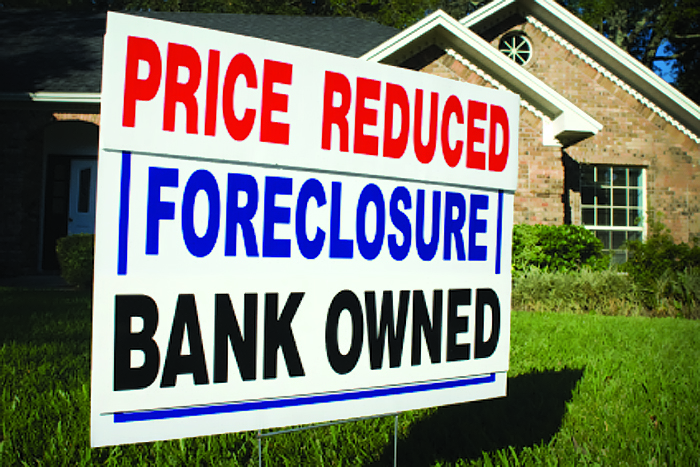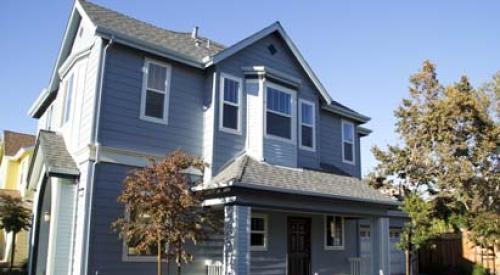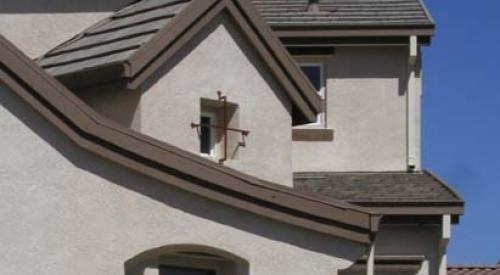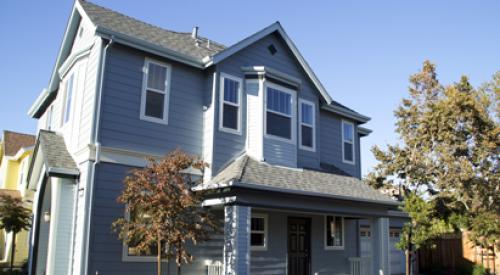Investors have had a ravenous appetite for short sales and foreclosures as the inventory of distressed properties ballooned with the housing market crash. But last year investment home sales declined 8.5 percent to 1.1 million and accounted for 20 percent of sales compared with 24 percent in 2012, according to the National Association of Realtor (NAR).
Investment buying slowed in 2013 because prices increased-the median price rose 13 percent to $130,000 from $115,000-as the availability of very cheap foreclosures and short sales declined, says Lawrence Yun, the NAR’s chief economist. Home prices over corrected in 2011 and 2012, which attracted investors to buy houses and rent them out for income. But price appreciation since then has made investors more cautious about buying.
RealtyTrac’s data for distressed homes also reflect signs of a housing market recovery. Foreclosure filings tracked by the real estate information company decreased 10 percent between February and January to 112,498 properties-the lowest monthly level since December 2006.
“Cold weather and a short month certainly contributed to a seasonal drop in foreclosure activity in February, but the reality is that new activity is no longer the biggest threat to the housing market when it comes to foreclosures,” said Daren Blomquist, vice president at RealtyTrac. “The biggest threat from foreclosures going forward is properties that have been lingering in the foreclosure process for years, many of them vacant with neither the distressed homeowner or the foreclosing lender taking responsibility for maintenance and upkeep of the home.”
Another foreclosure tracker, CoreLogic, reported that foreclosure inventory declined and, as of February, represented 1.9 percent of all homes with a mortgage compared with 2.9 percent in February 2013. The shadow inventory, mortgages 90 days or more past due, dropped 22 percent from January 2013. “Although there is good news that completed foreclosures are trending lower, the bigger news is the impressive decline in the foreclosure and shadow inventories,” said Mark Fleming, CoreLogic’s chief economist. “Every state has had double-digit, year-over-year declines in foreclosure inventory, which is reflected in the $70- billion decline in the shadow inventory.”
As of February 2014, approximately 752,000 homes in the United States were in some stage of foreclosure, known as the foreclosure inventory, compared to 1.2 million in February 2013, a year-over-year decrease of 35 percent. Month over month, the foreclosure inventory was down 3.3 percent from January 2014. The foreclosure inventory as of February represented 1.9 percent of all homes with a mortgage, compared to 2.9 percent in February 2013. At the end of February 2014, there were 1.9 million mortgages, or 4.9 percent, in serious delinquency, defined as 90 days or more past due, including those loans in foreclosure or real estate owned.
"Although there is good news that completed foreclosures are trending lower, the bigger news is the impressive decline in the foreclosure and shadow inventories," said Dr. Mark Fleming, chief economist for CoreLogic. "Every state has had double-digit, year-over-year declines in foreclosure inventory, which is reflected in the $70-billion decline in the shadow inventory."
Typically when the inventory of distressed properties declines, upward pressure on home prices or stable prices could follow. Clear Capital, a provider of software for real estate asset valuation and collateral risk assessment, crunched data through March and found that first quarter home prices nationally were flat, up just 0.7 percent compared with the previous quarter. A stable market could attract more first time and move-up buyers to purchase homes.
"Our data through the end of March reveals prices remained steady through the final weeks of winter, a sigh of relief to all market participants," said Alex Villacorta, vice president of research and analytics at Clear Capital. "Yet, national quarterly gains of just 0.7 percent mean there’s certainly still risk for short-term price declines in some markets. But over the year, we see phase three of the recovery unfolding, which we define as moderation across all price tiers.”













